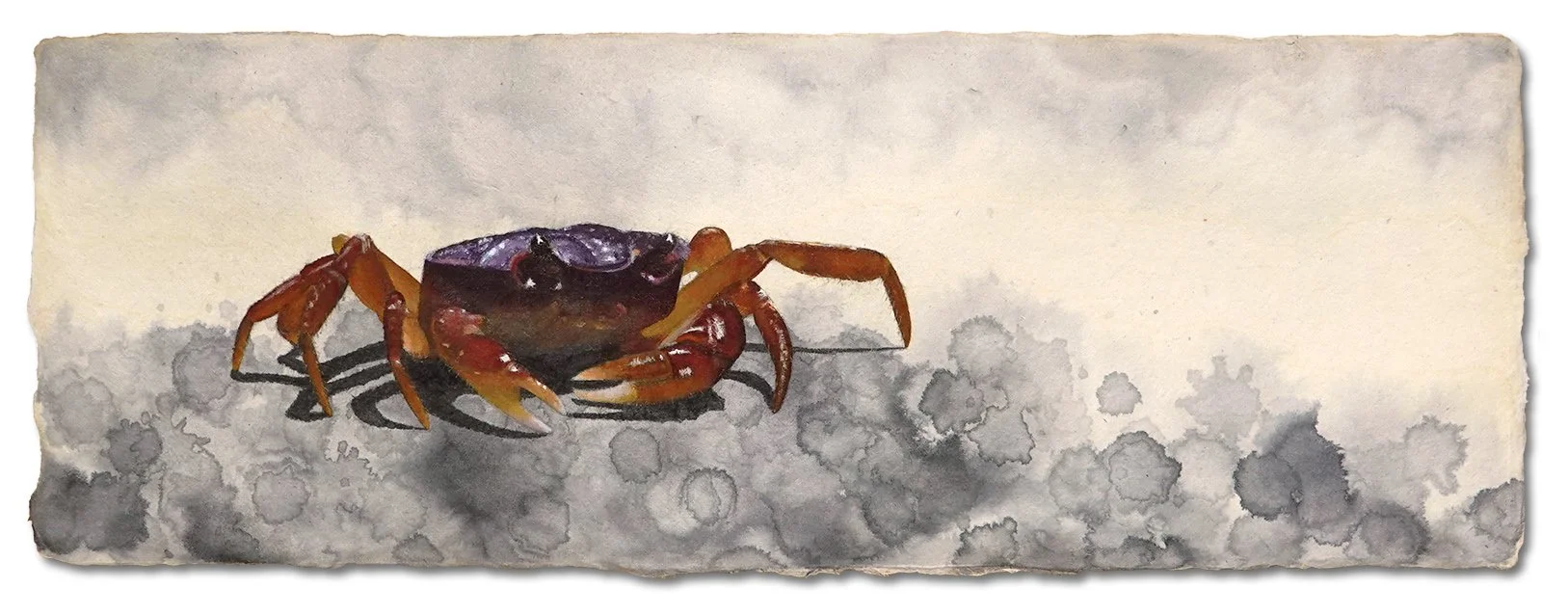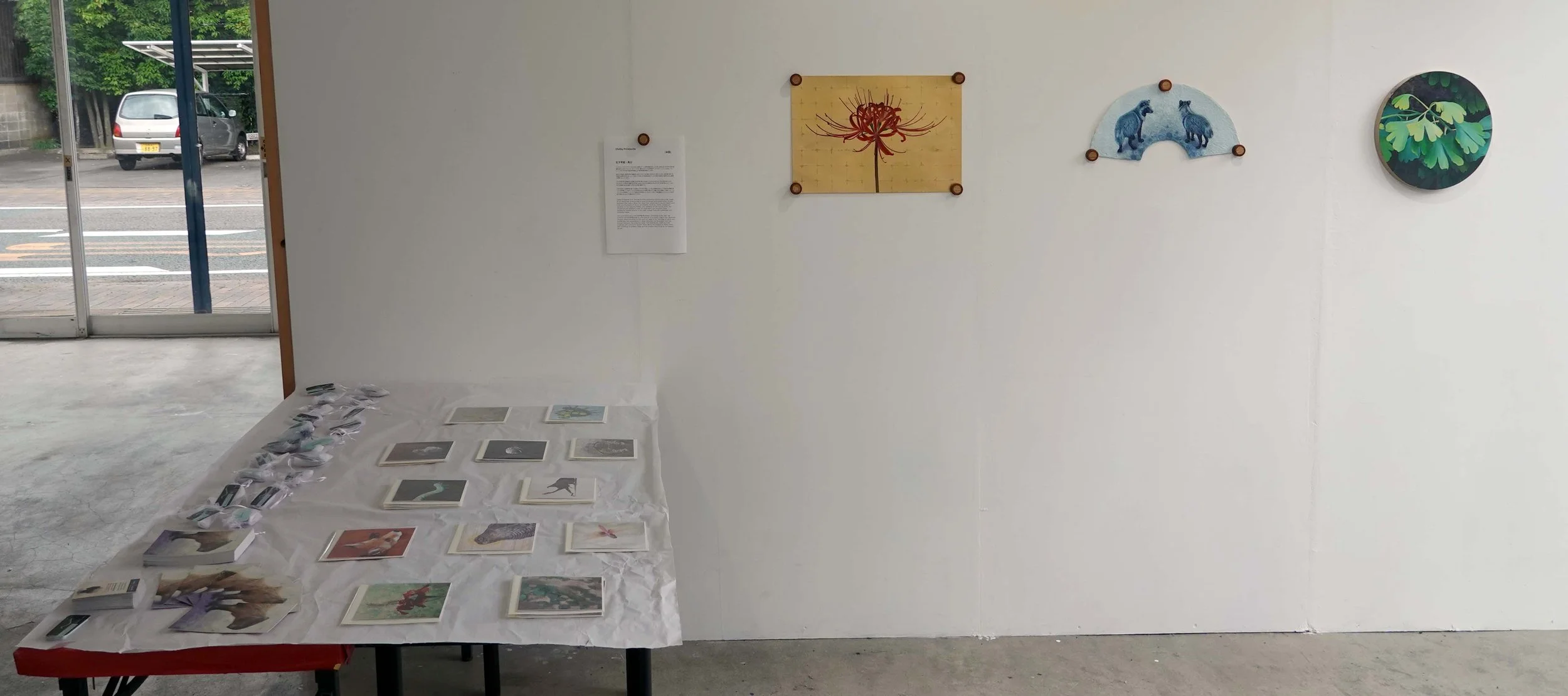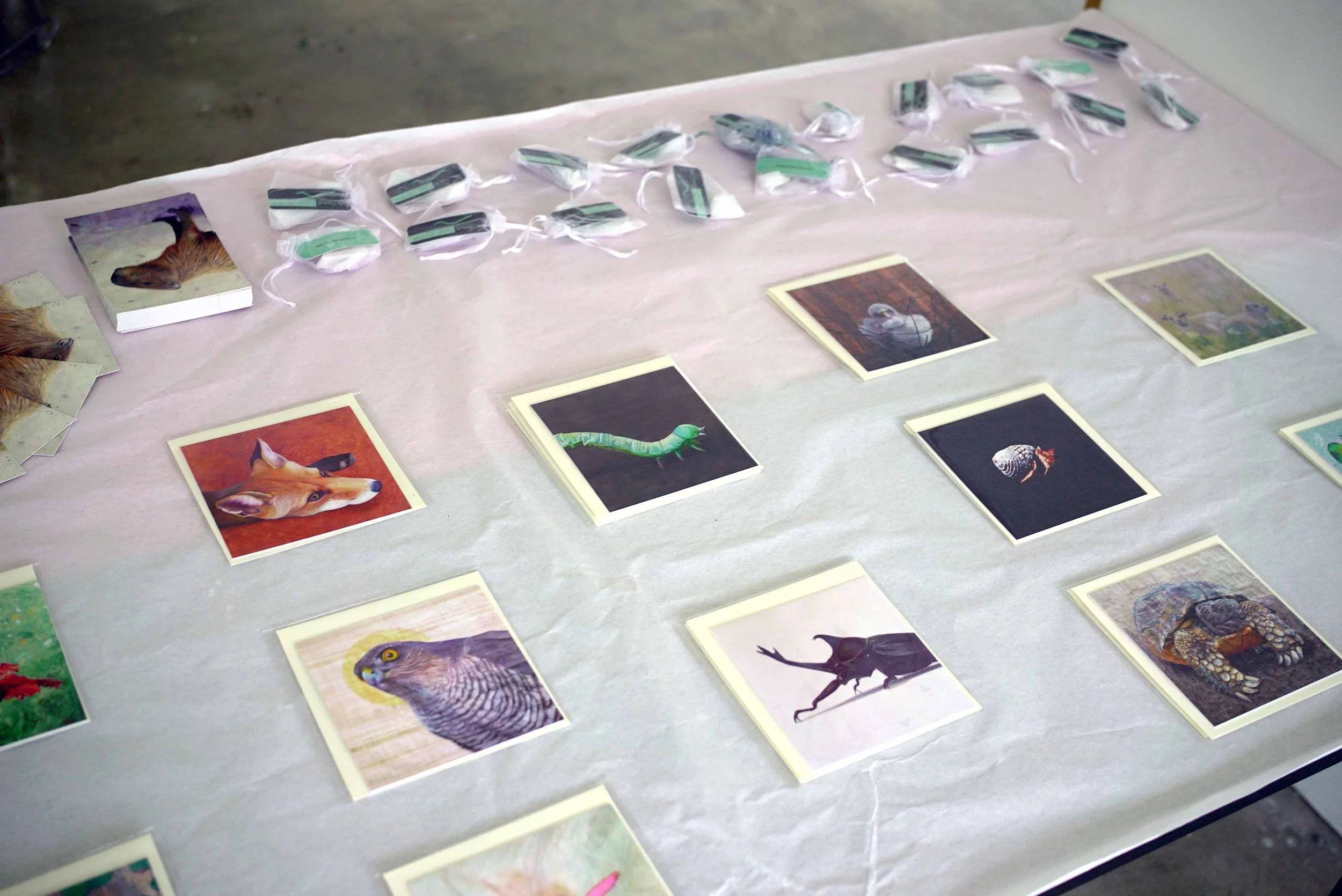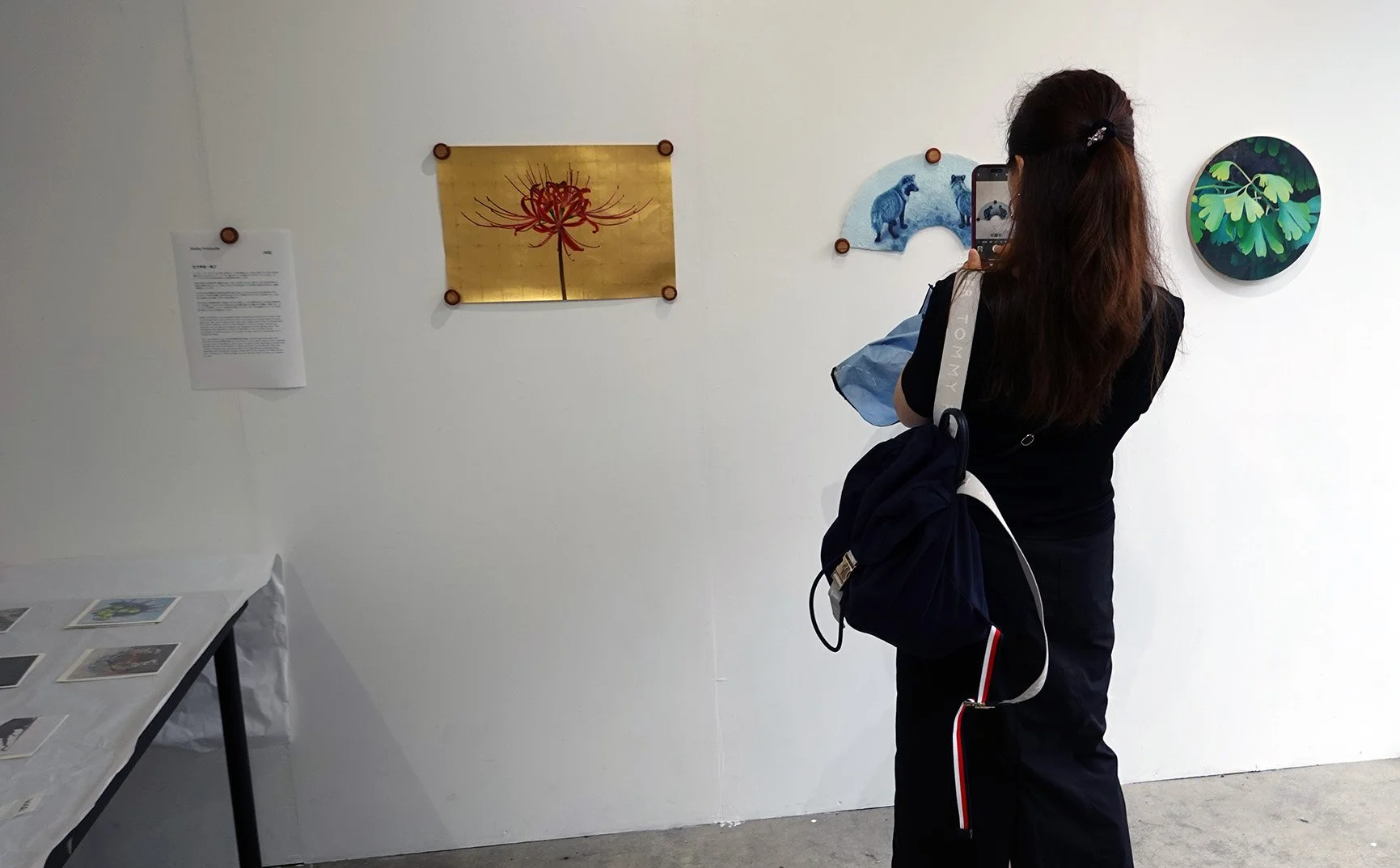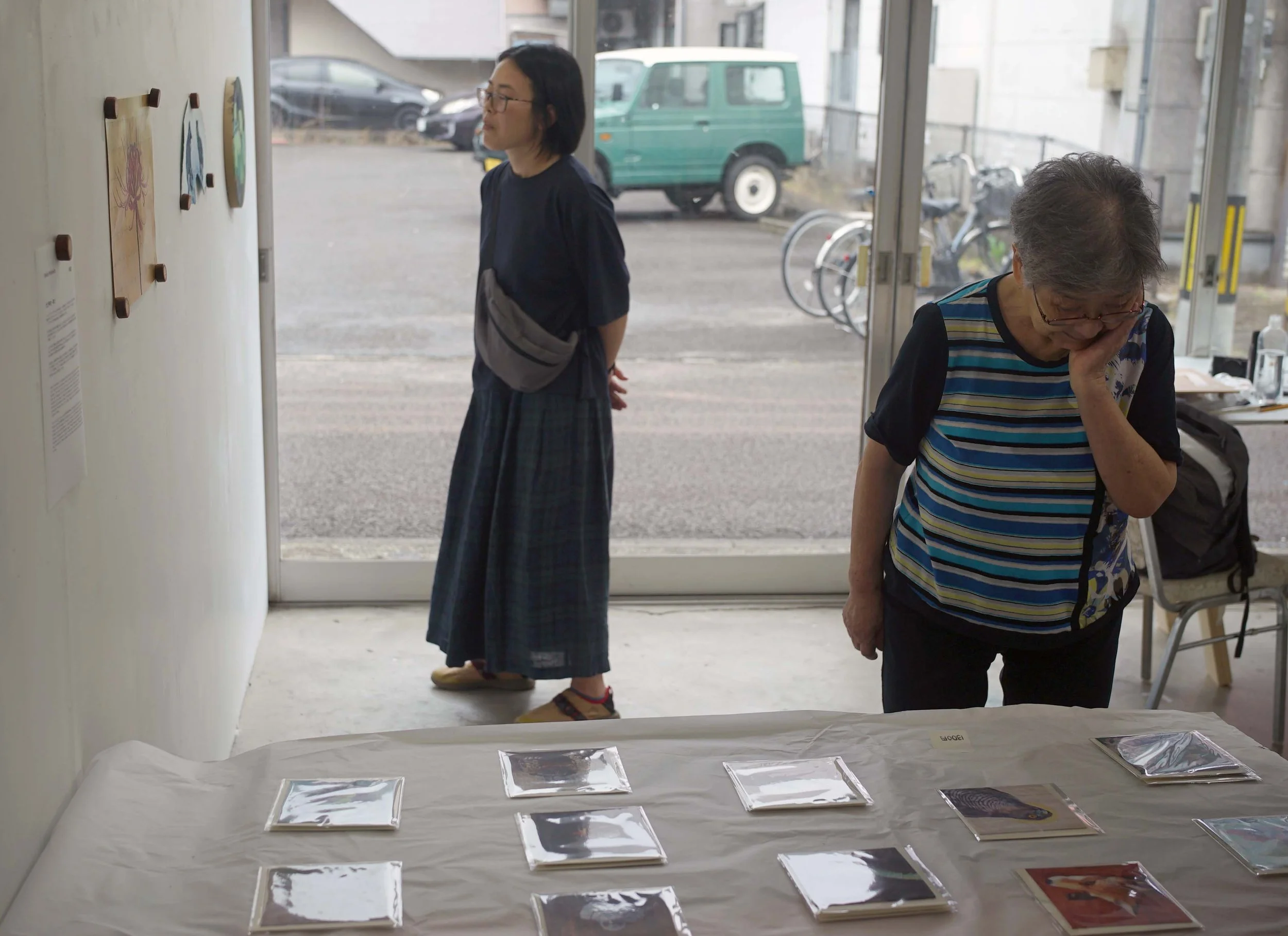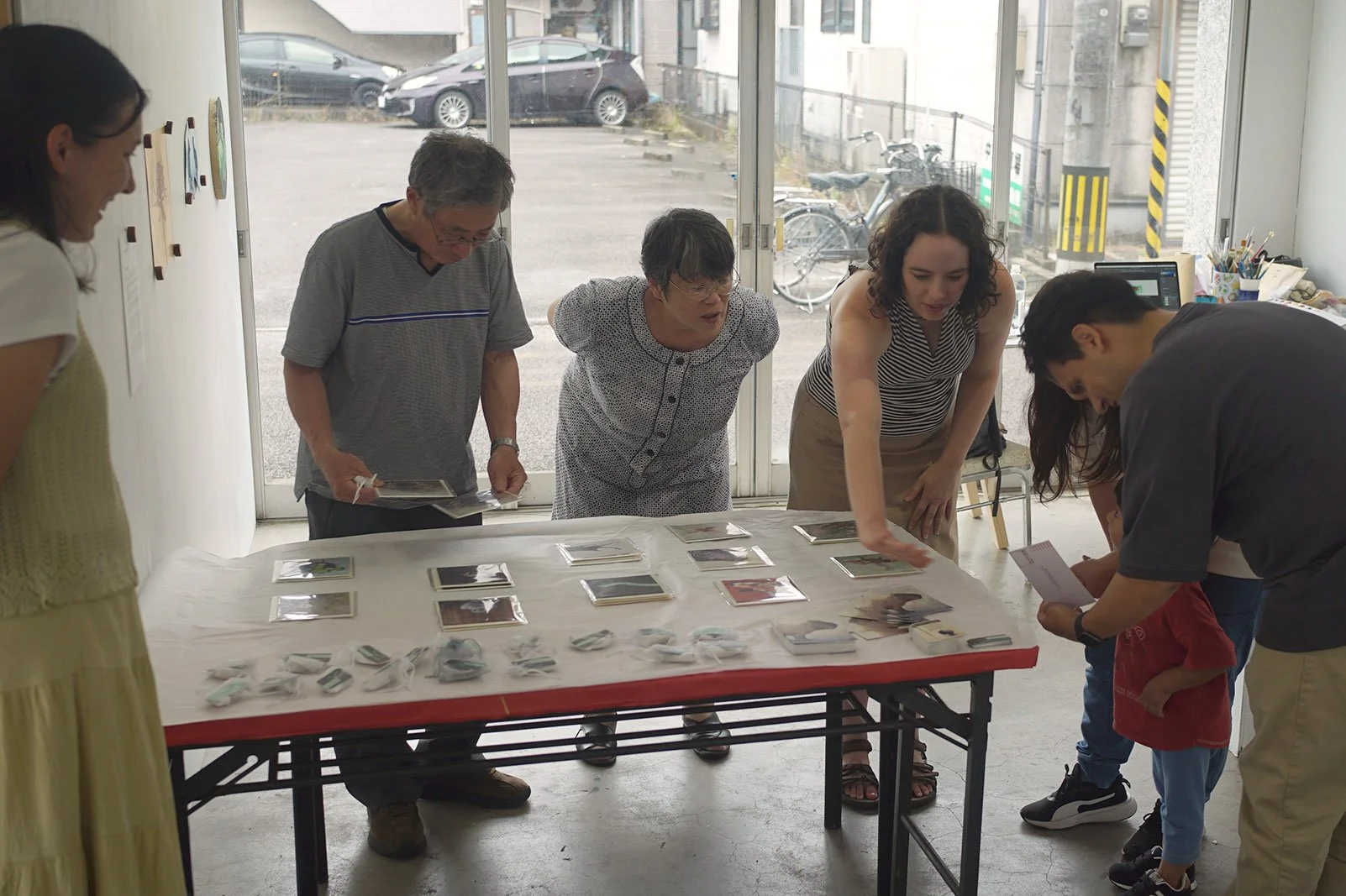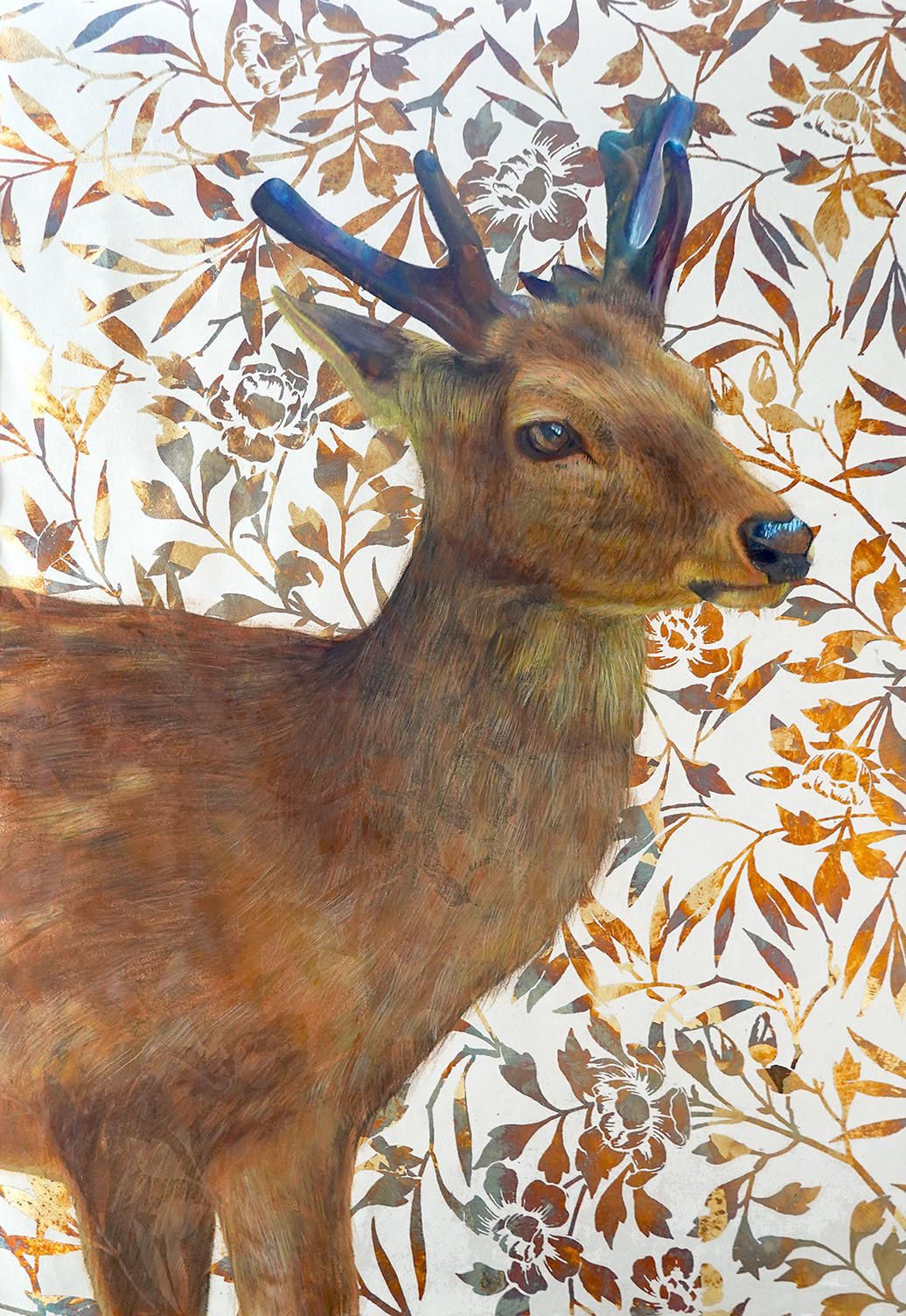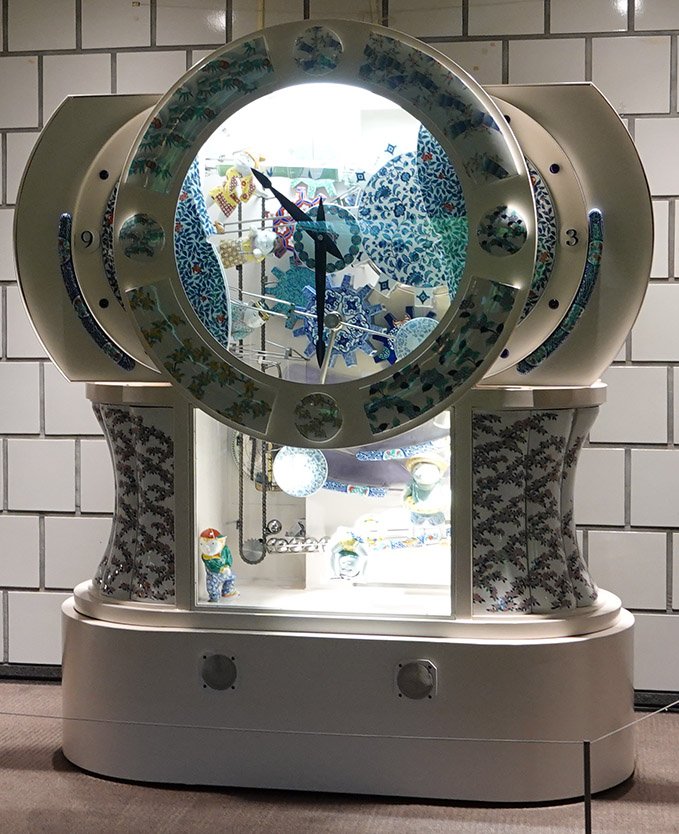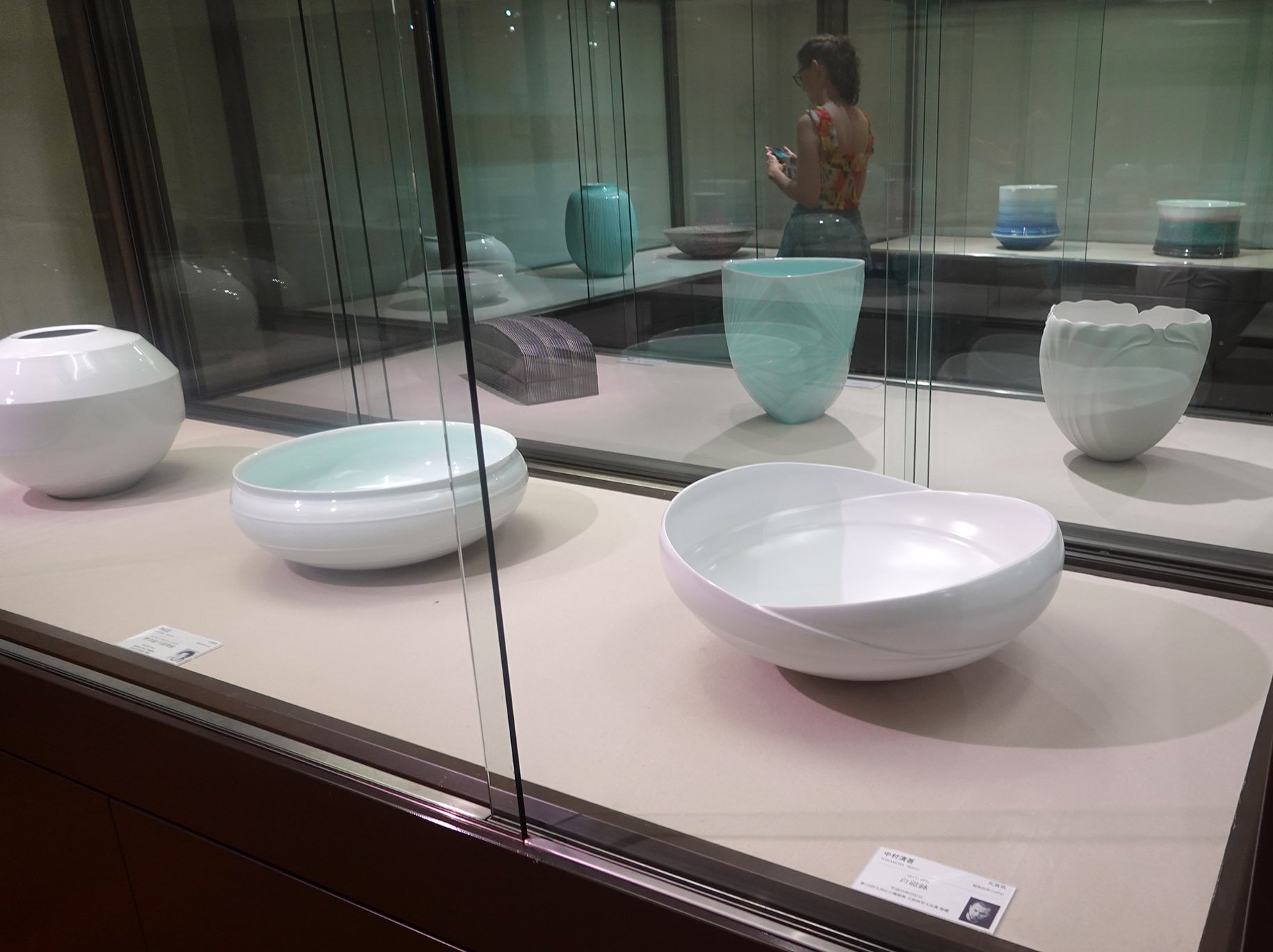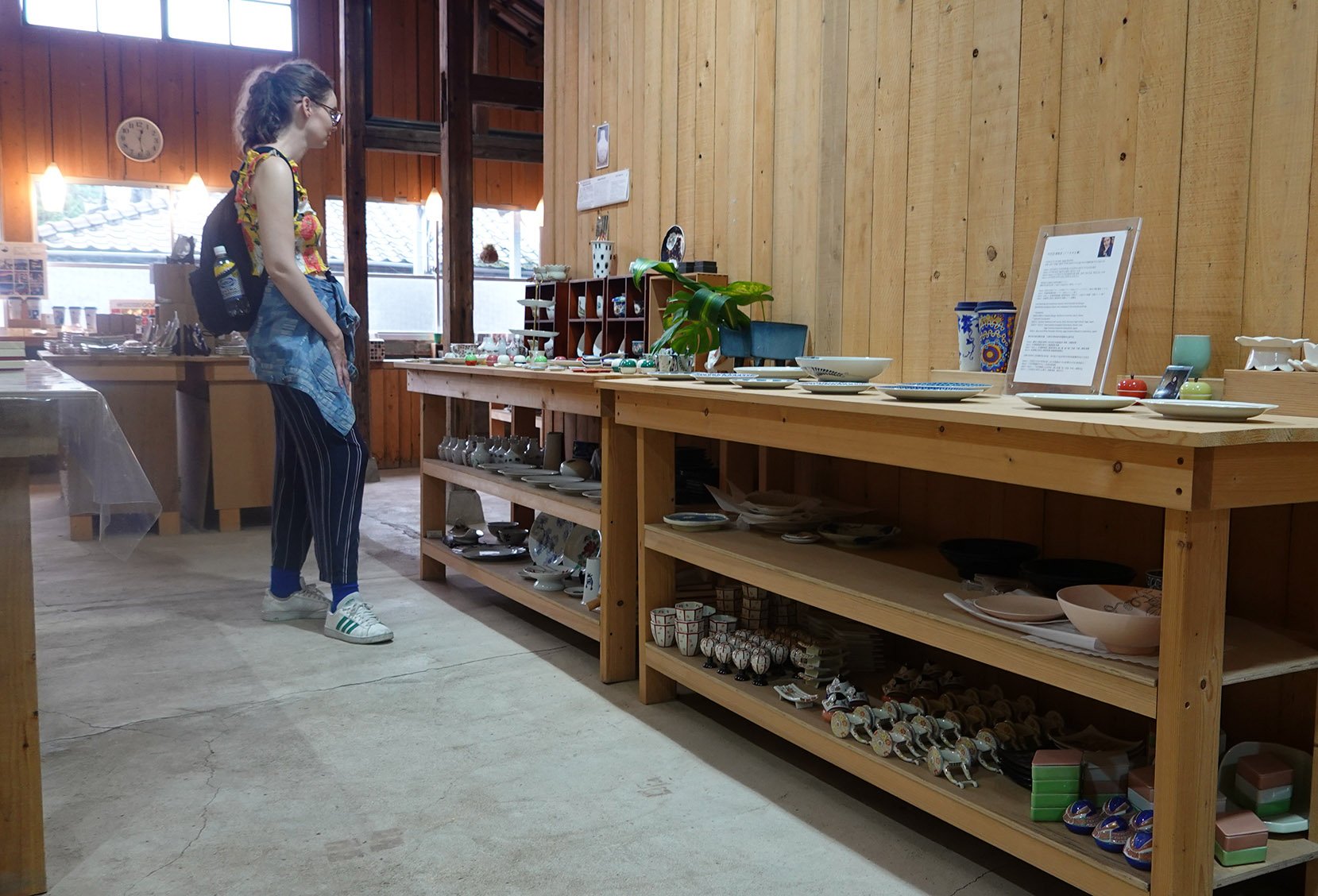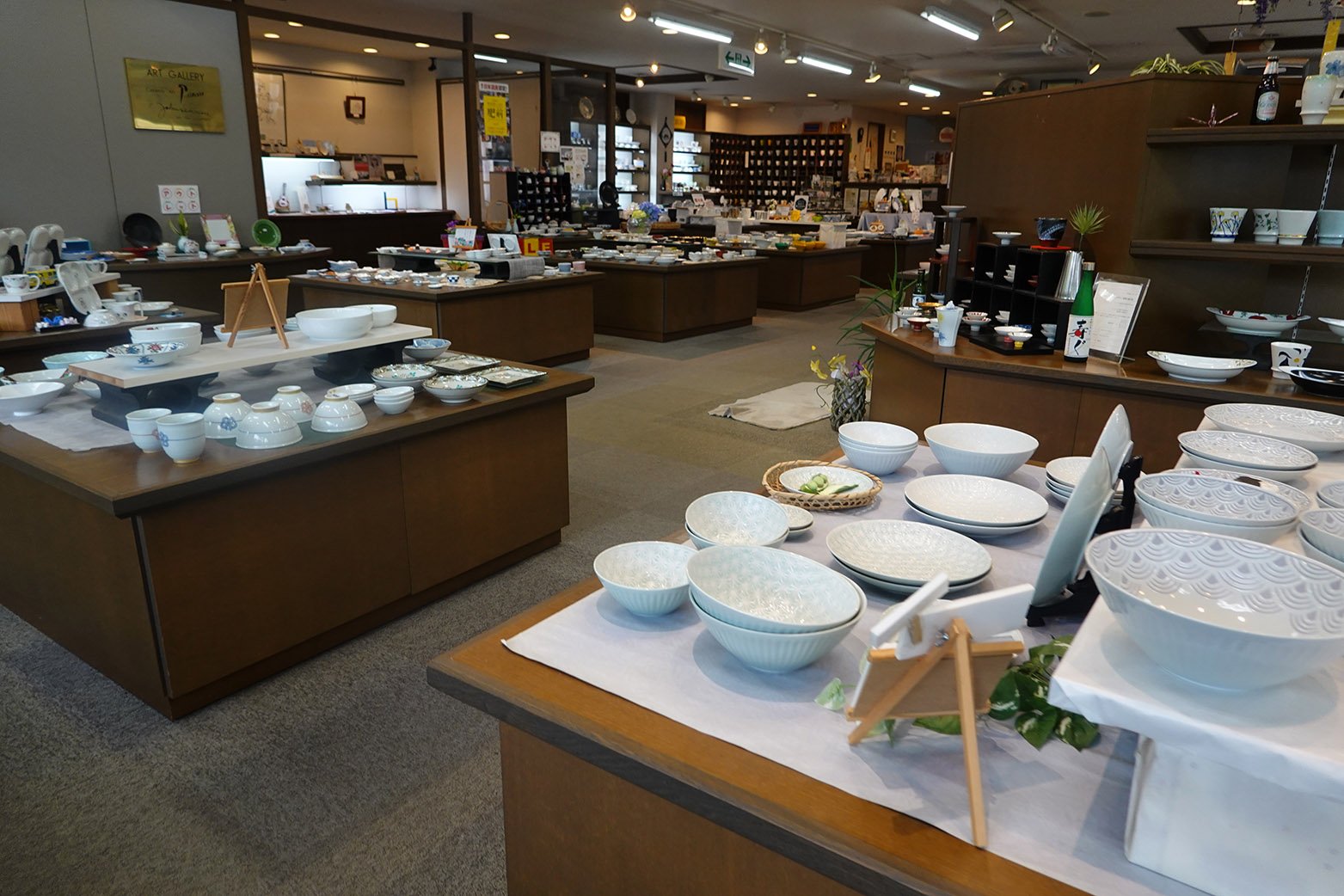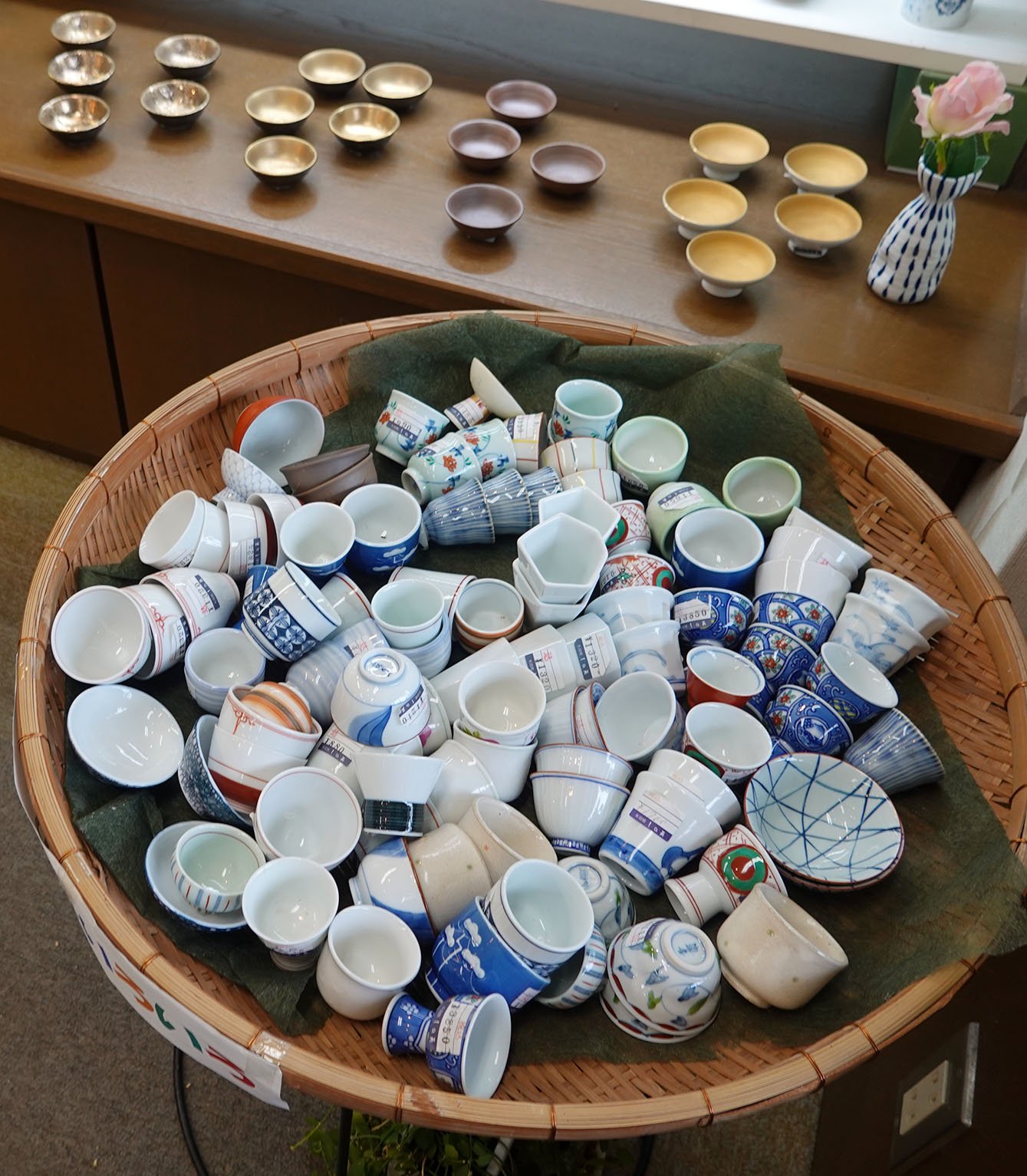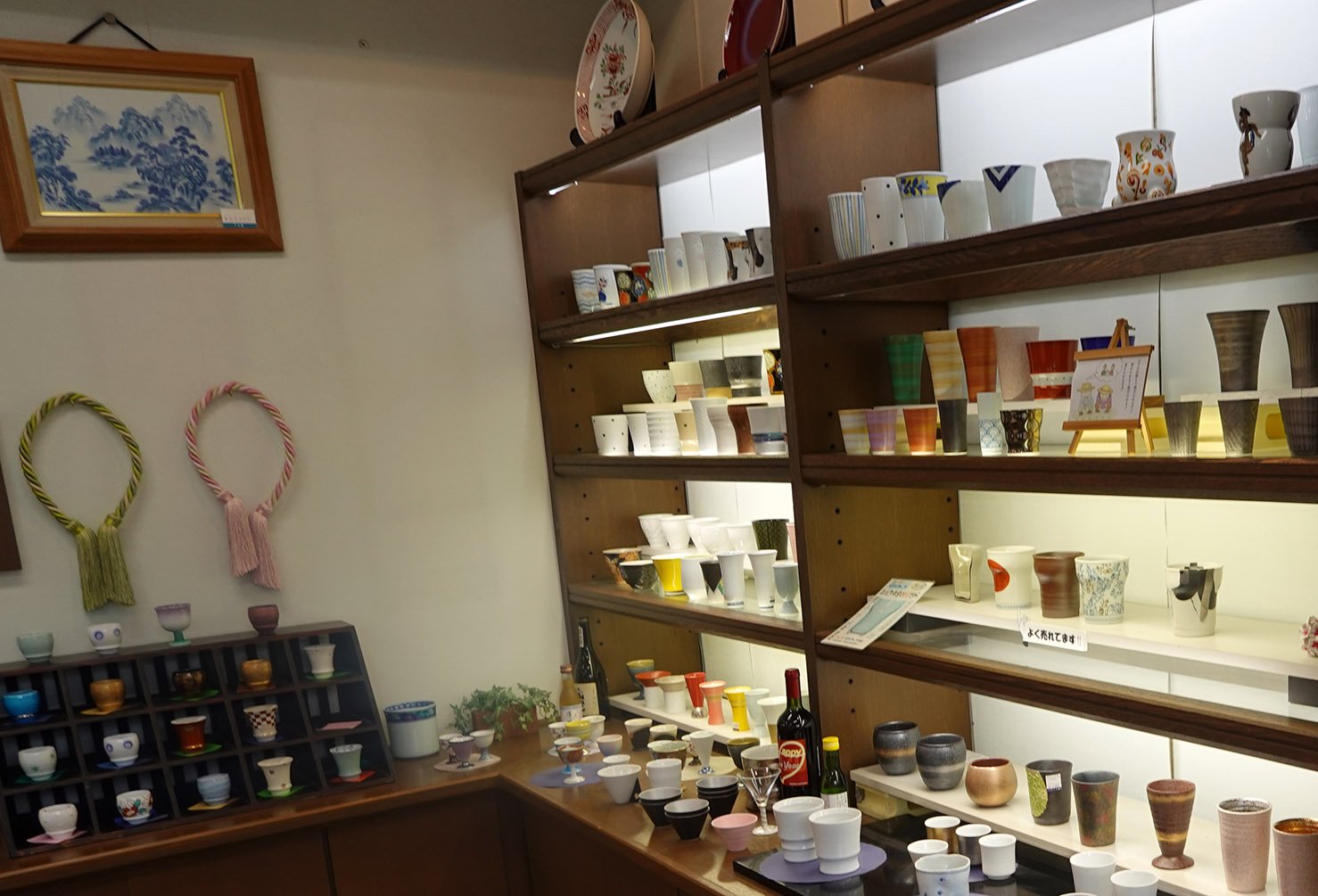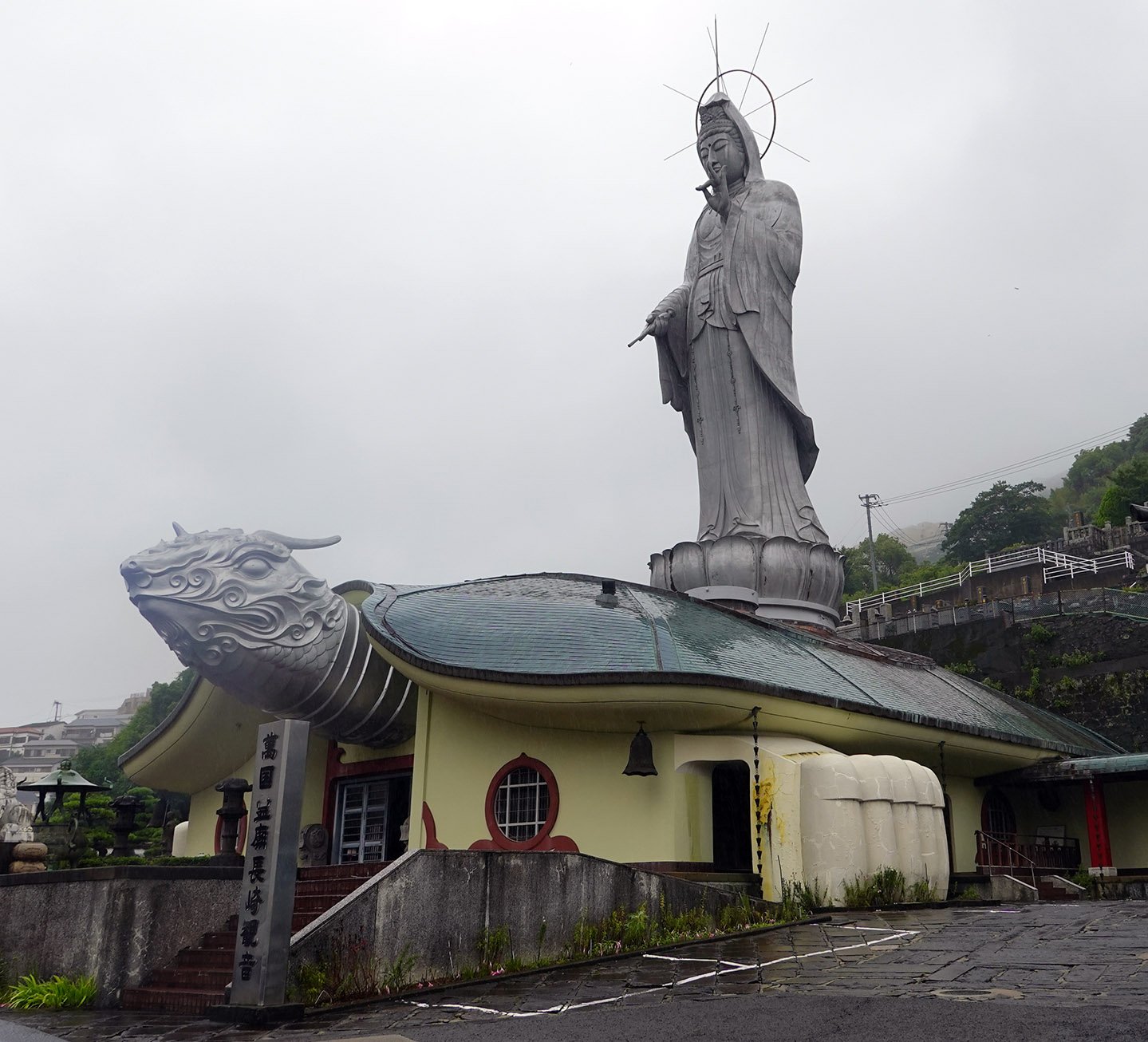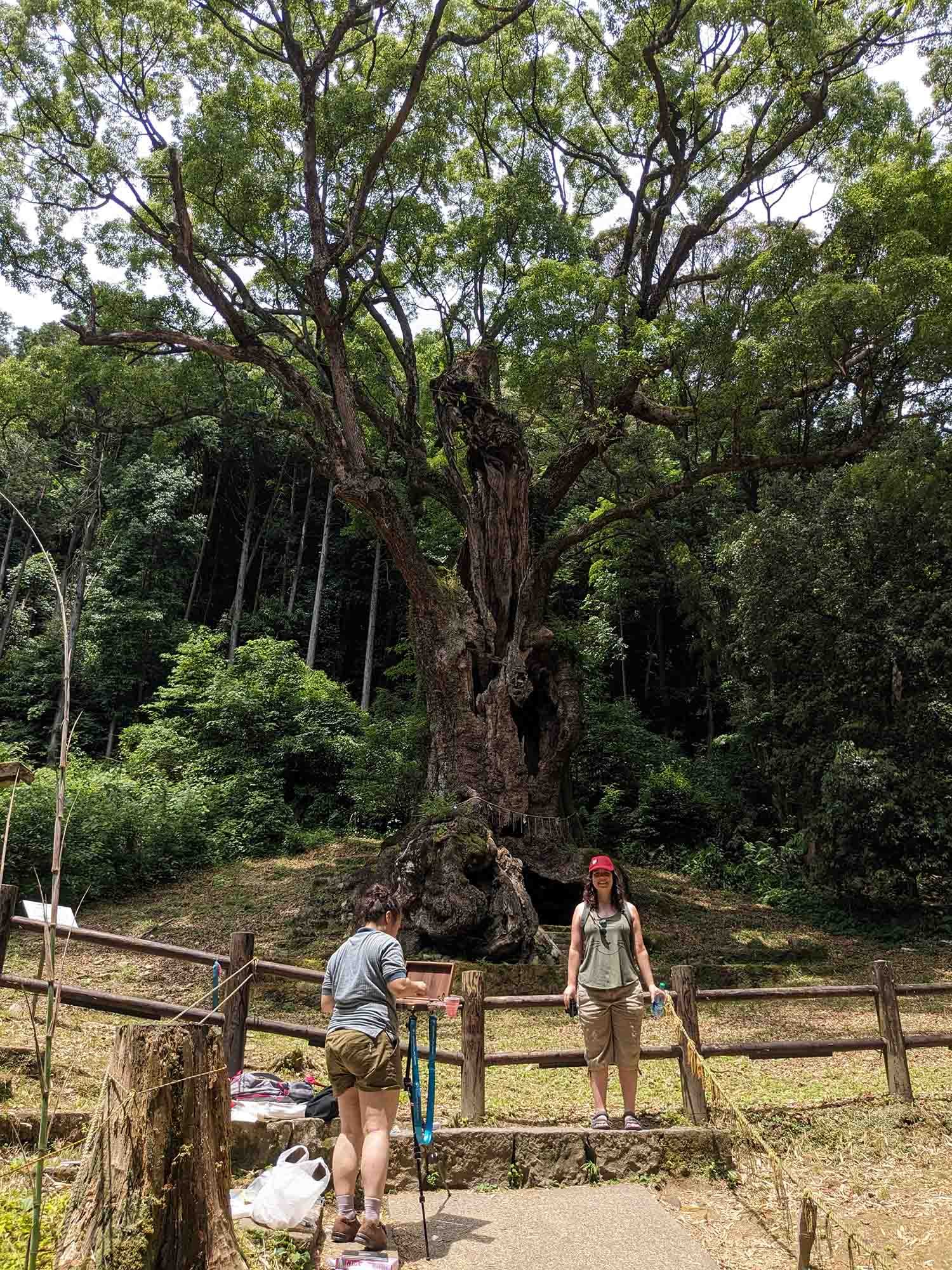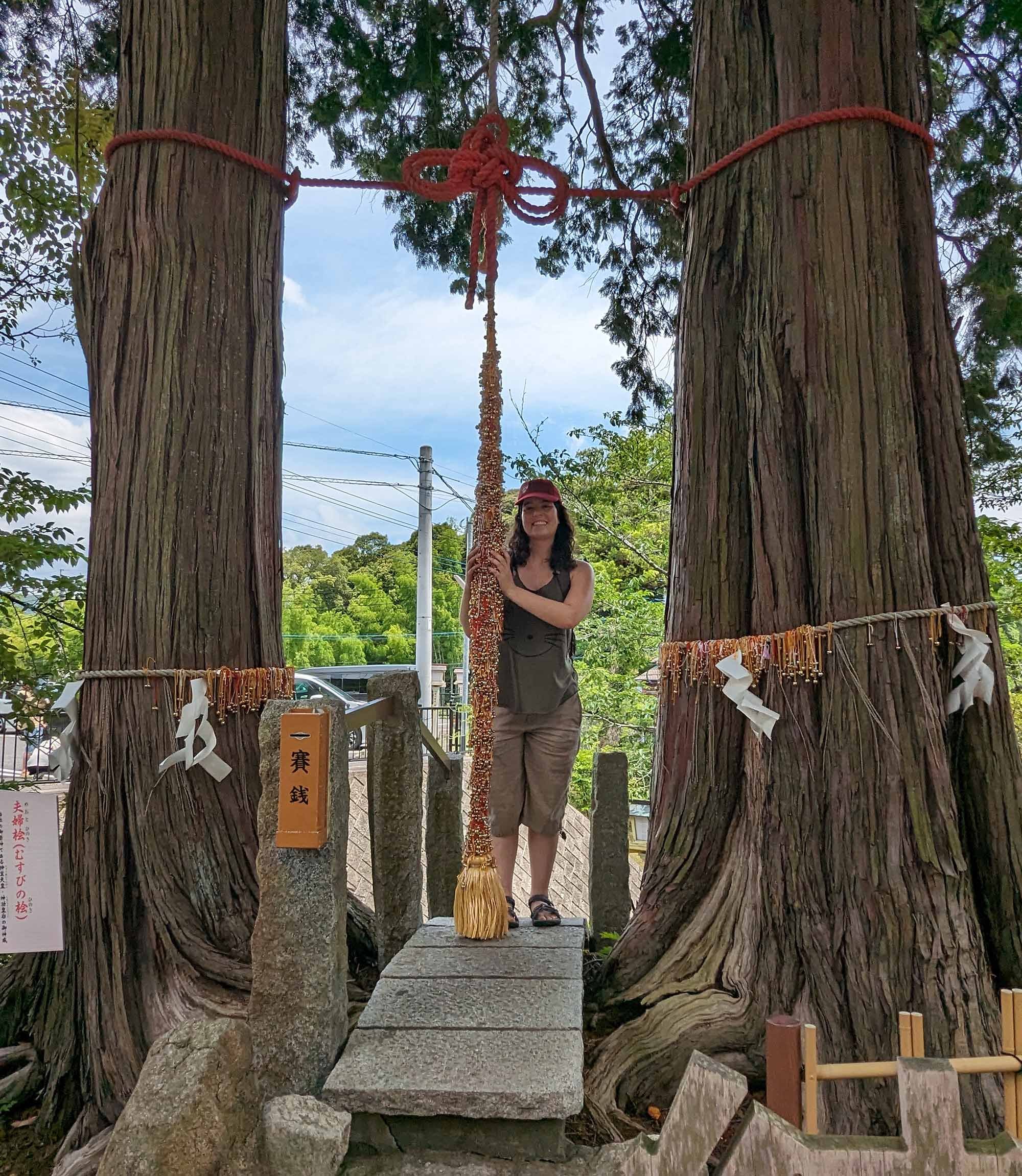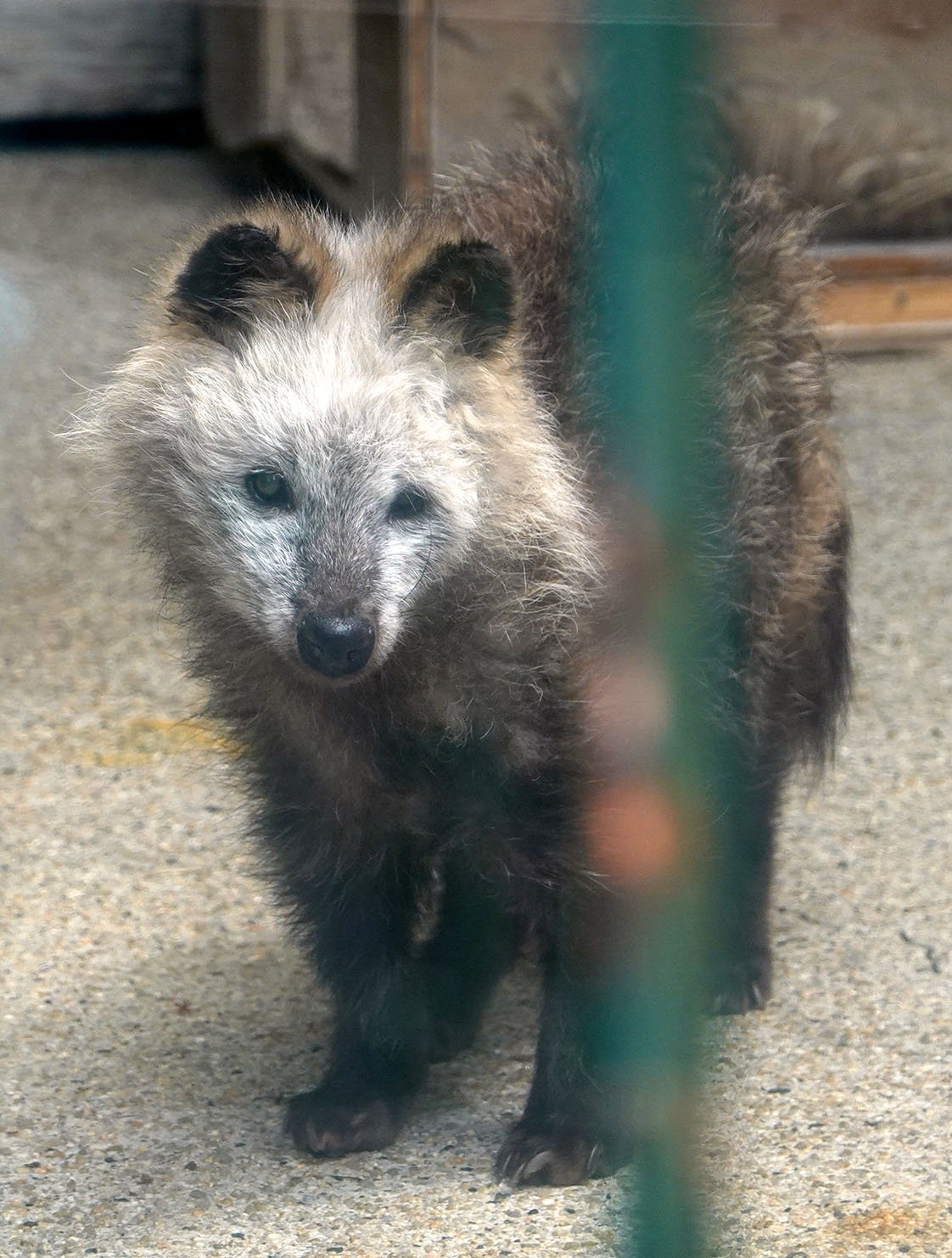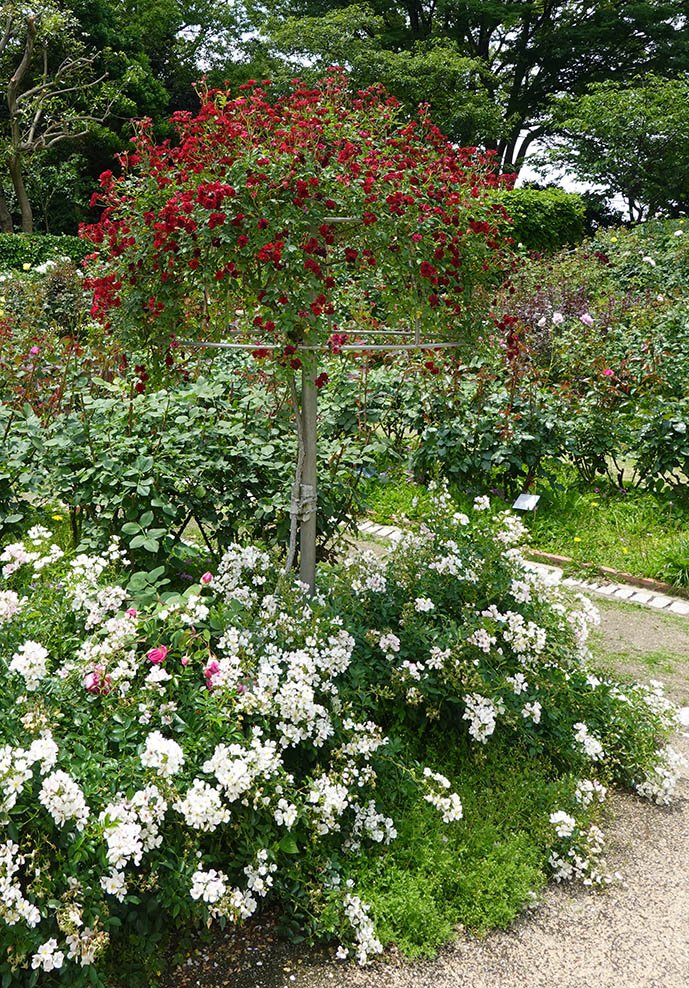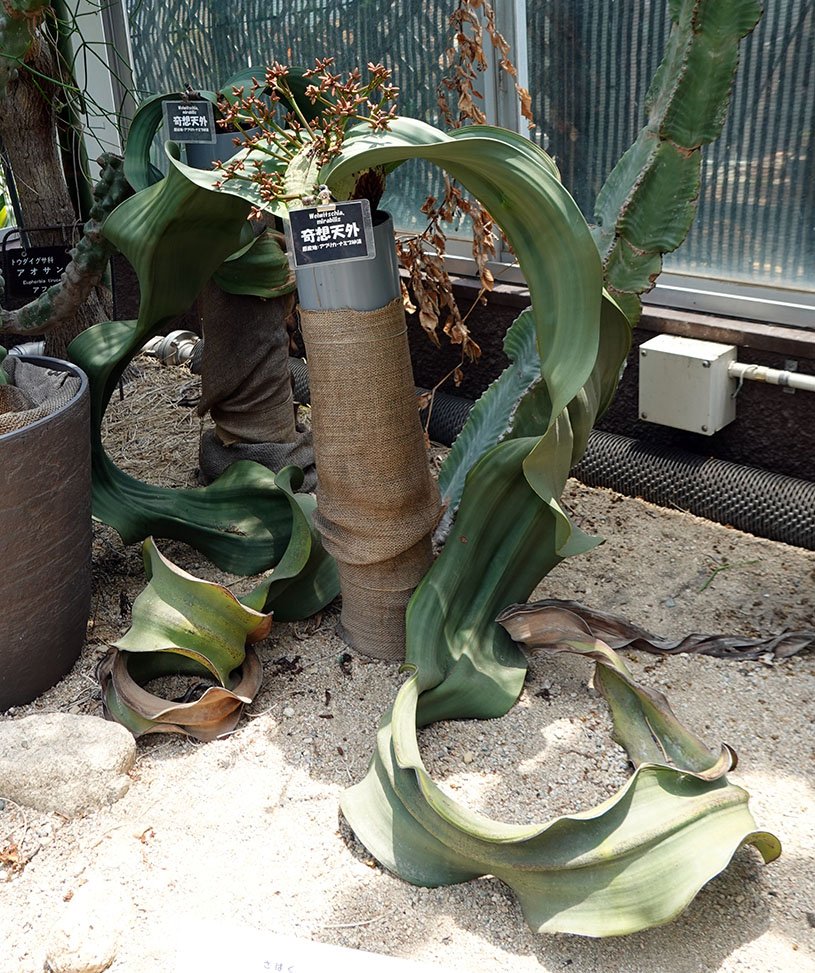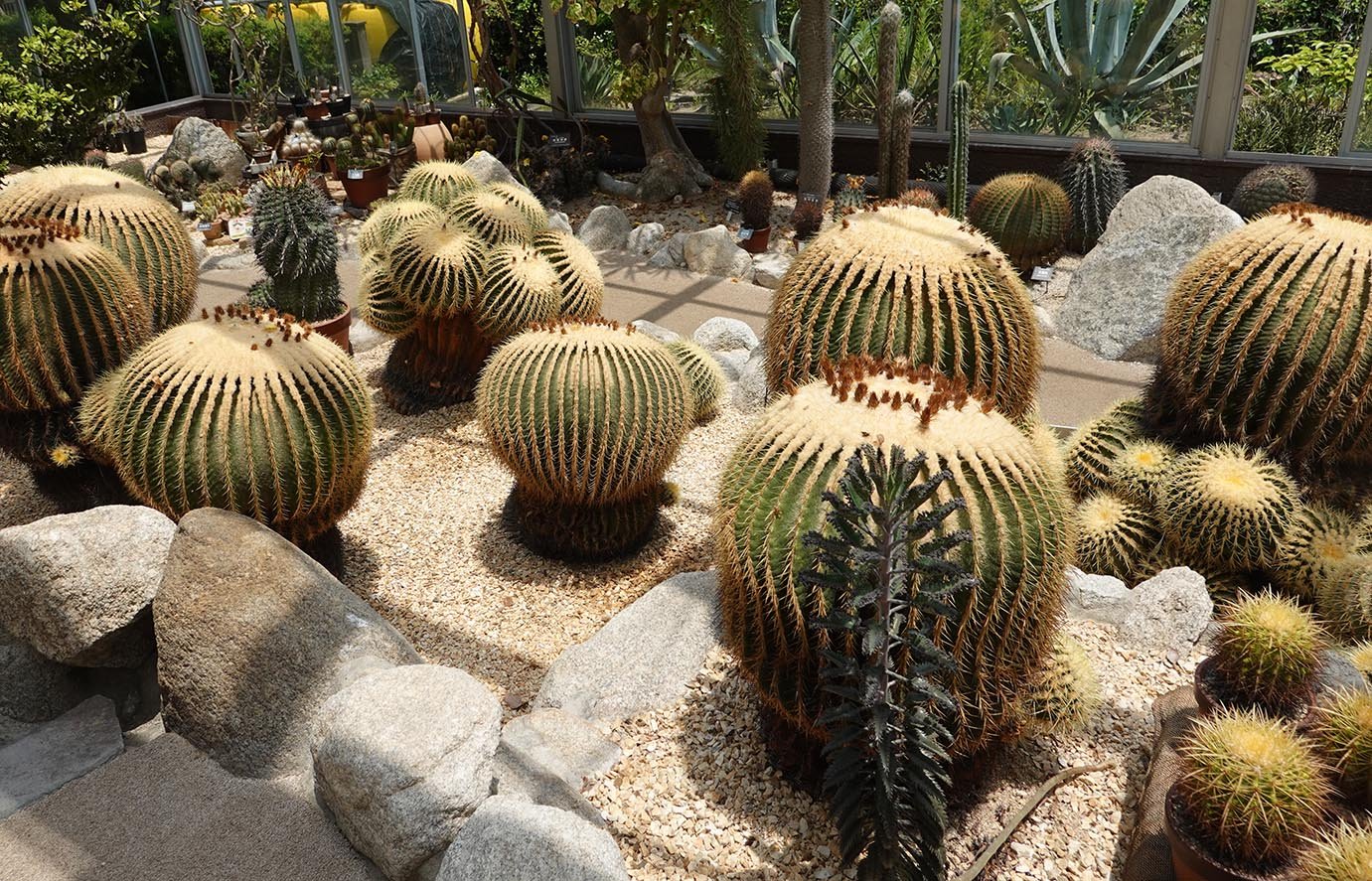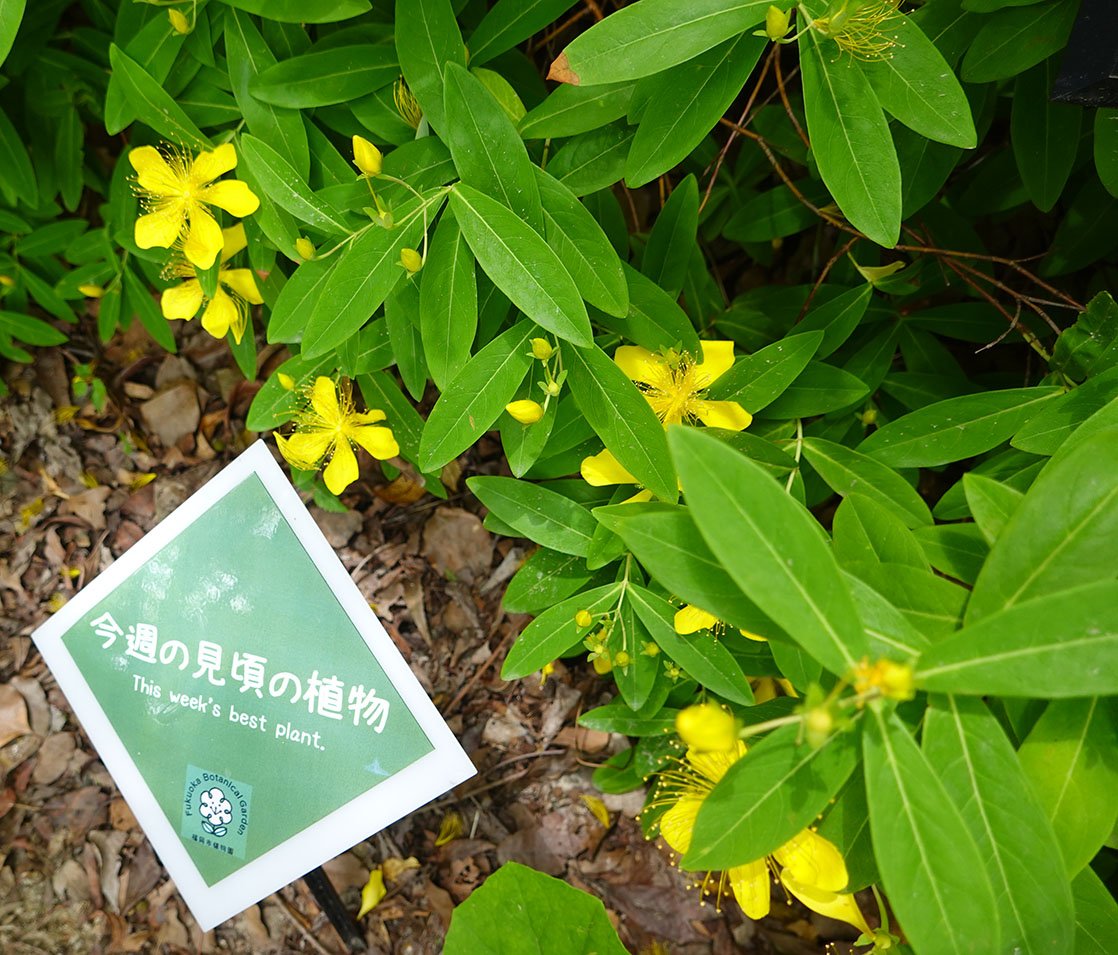The next day, I began unpacking, did some laundry since I’d already been in Japan for a week, and sifted through my photos to see what I’d start to work on in the studio. The last resident also arrived: Emily from California. We’re a surprisingly US-heavy house - apparently a weird coincidence as most of the stays are more internationally diverse. The next few days, I mostly stuck to the house as I began to sketch out a number of pieces from my room’s desk, but I joined Emily on an excursion to a small botanical garden in Takeo and then visited a shrine with a 3,000 year-old camphor tree.
I invited Emily to go to Fukuoka with me that Thursday. I wanted to go to Fukuoka pretty early on during the residency for a few reasons: 1) the weather was only going to get rainier and hotter; 2) I wanted to go to Fukuoka Zoo to see tanuki and hopefully get some good images to paint from; 3) Rina, the woman I befriended in the Yakushima airport, was staying in Fukuoka for just a week before heading back to her home in Tokyo and she wanted to meet up again.
We headed out at 6:45am, as that would get us to the zoo right around their opening time of 9am and I suspected that our chances of seeing active tanuki were highest right in the morning since they’re nocturnal. On our walk to the zoo, we happened to see a dead Japanese centipede in the road. Mukade are a pretty iconic Japanese insect so it was interesting to see one; they’re quite large and have a nasty bite. When we got to the zoo ticket office, the worker looked really surprised that the only exhibit we asked about was the tanuki. We nevertheless beelined it to that spot, and after some confusion, we realized it was a very poorly positioned cage behind another caged hallway. There was a lone tanuki inhabiting it, but she wasn’t out - she was curled up in a bed in a hut and we could just make out a little fur. There were a lot of signs, though; upon translating them, we learned that this tanuki was named Immako and she was an ancient little tanuki who had already outlived their average lifespan. Wild tanuki typically live 6-8 years in the wild and 11-13 years in captivity. Immako is 13.75 years old. There was another sign discussing her kidney problems and sharing that sometimes she’s not in her cage at all as she’s receiving kidney treatment.
None of this boded well, but Emily and I decided to circle back and took in some of the other animal exhibits in the meantime. Around 10:30am, our explorations took us right near her cage again so Emily suggested checking back in. I thought it was probably too soon but why not… but when we came back, the zookeepers were getting their breakfasts ready and Immako was up and waiting patiently for it! Unfortunately, while Immako is a very sweet being, she no longer really visually captures “tanuki.” I hope she breaks all the tanuki lifespan records, but for my painting purposes, she wasn’t representative enough of the species as a whole.
After we finished with the zoo, we checked out the botanical garden that is right beside the zoo as your admittance is included to both when you enter either. The zoo had a number of species but on the grand scheme of zoos was a smaller one; the botanical garden on the other hand surpassed our expectations and had some amazing outdoor gardens and greenhouses. Emily currently almost exclusively paints koi fish, and we found our first koi fish in Japan in one of the fountains at the botanical garden. We also saw a wild snake! They had some beautiful roses in the rose garden, and I particularly liked the ones that were grown into tree forms. In the greenhouses, not only did they have some truly stunning specimens (their Welwitschia mirabilis were spectacular and their barrel cacti were also very impressive) but they also had an orchid sale! That was a little torturous, honestly, as I wanted to buy a number of their plants but I’ve looked into it before and transporting plants internationally is a giant headache involving getting a CITES certificate and dealing with customs and it just isn’t practical at this time for me.
Post-garden, we met up with Rina at a vegan cafe and had a really nice late lunch. Then Emily and I walked through downtown Fukuoka to a soufflé pancake restaurant so we could try the famed Japanese soufflé pancakes! After that, we returned to Takeo. That evening, we decided to visit the onsen in Takeo for the first time! We splurged a little for the outdoor onsen at 740¥ (the indoor one is 500¥), and also had to rent towels for another 300¥ since we didn’t bring any along. We discovered the outdoor onsen actually has three different pools and a sauna inside; there’s the outdoor hot bath at 41°C, the indoor hot bath at 42.5°C, and a cold pool called a mizuburo (that doesn’t have a listed temperature but a worker said is maybe around 14°C) which is icy cold. Our tolerance of the outdoor hot bath is probably only around 8 minutes, but then a plunge into the cold bath for a couple minutes and dipping a hand towel into its water to perch on your neck or head in the hot bath means you can cycle through for much longer!
The next day I drew again, and then on Saturday I was finally ready to haul all my art materials to the studio to begin to paint!
